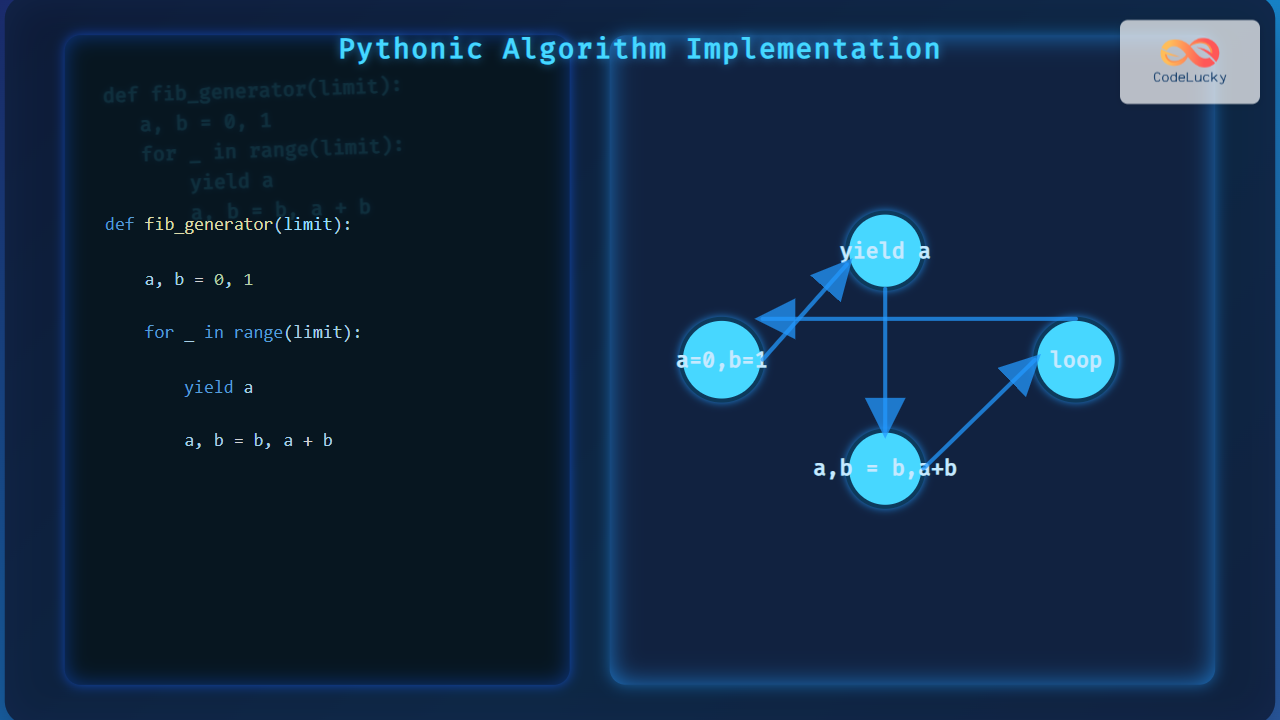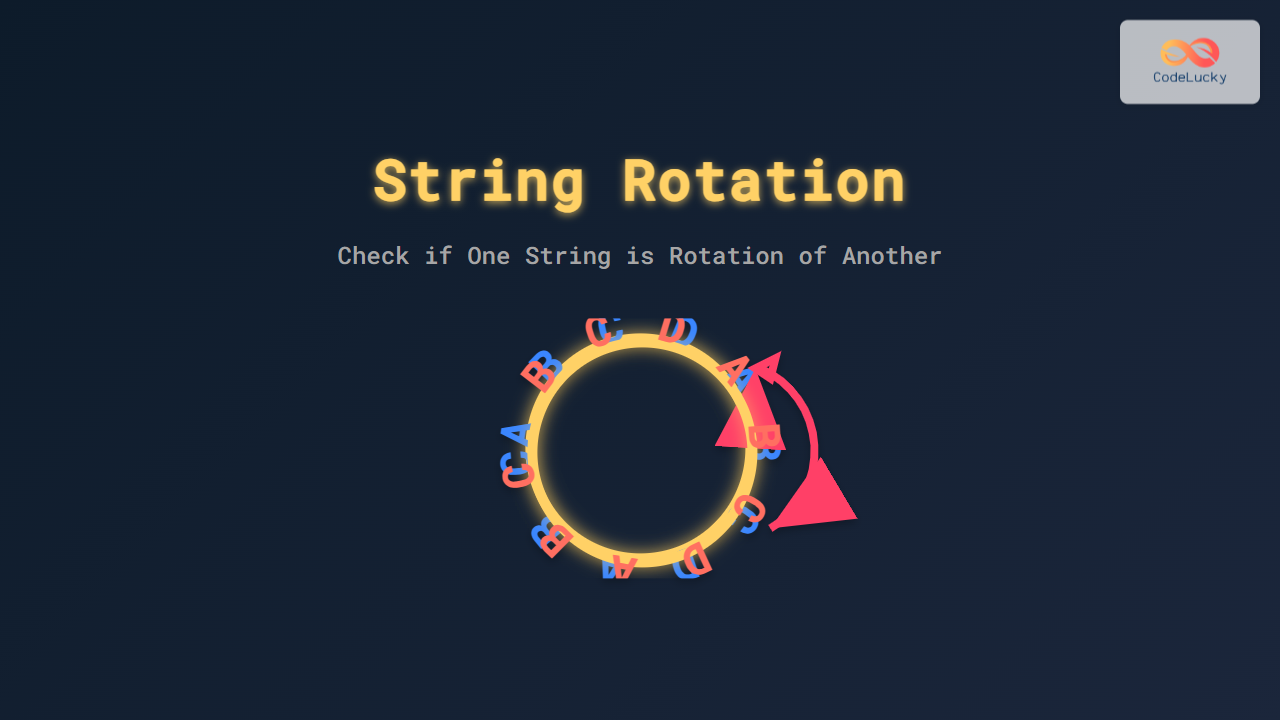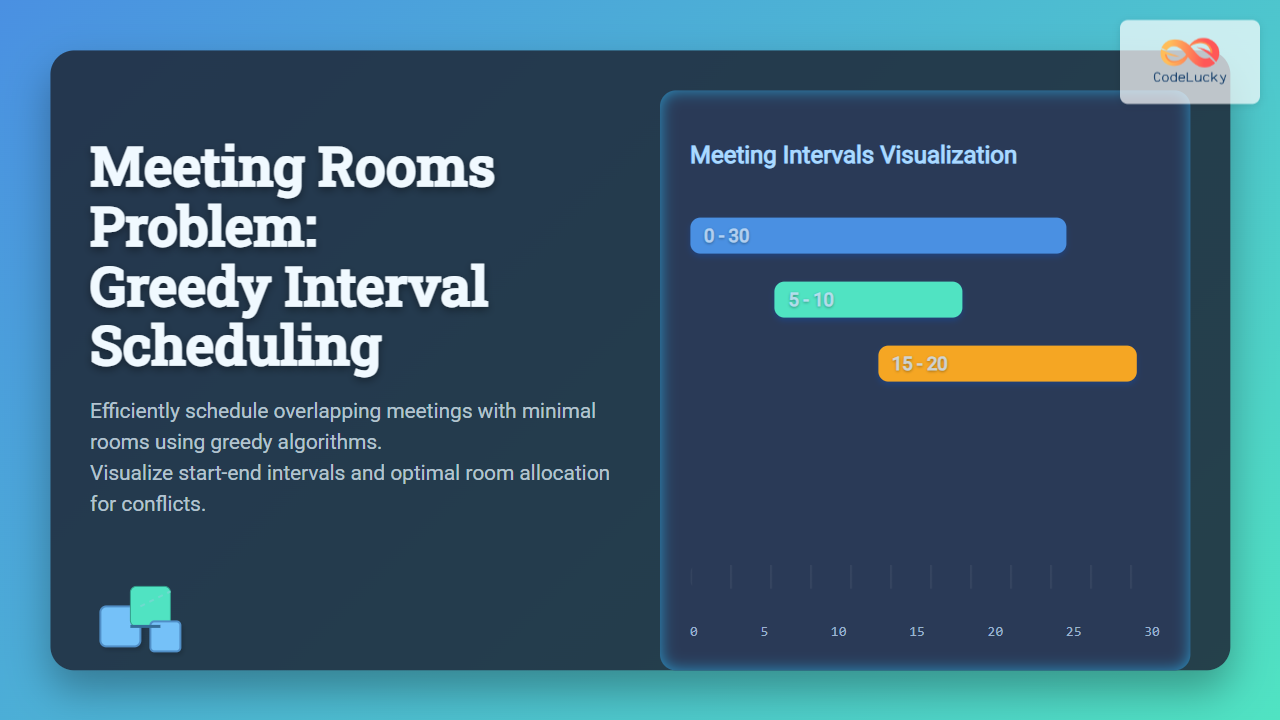Python iterators are powerful tools that allow you to efficiently traverse through collections of data. They provide a seamless way to access elements in a sequence without the need to understand the underlying structure of the data. In this comprehensive guide, we'll dive deep into the world of Python iterators, exploring their functionality, benefits, and practical applications.
Understanding Iterators in Python
At its core, an iterator is an object that represents a stream of data. It implements two key methods:
__iter__(): Returns the iterator object itself.__next__(): Returns the next value in the sequence.
When an iterator has exhausted all its elements, it raises a StopIteration exception.
Let's start with a simple example to illustrate how iterators work:
class CountUp:
def __init__(self, start, end):
self.current = start
self.end = end
def __iter__(self):
return self
def __next__(self):
if self.current > self.end:
raise StopIteration
else:
self.current += 1
return self.current - 1
# Using our custom iterator
counter = CountUp(1, 5)
for num in counter:
print(num)
Output:
1
2
3
4
5
In this example, we've created a custom iterator CountUp that counts from a start value to an end value. The __iter__() method returns the object itself, while __next__() handles the logic for returning the next value and raising StopIteration when done.
The Power of Iterators
🚀 Iterators offer several advantages:
- Memory Efficiency: They don't load all data into memory at once, making them ideal for large datasets.
- Lazy Evaluation: Values are generated on-the-fly, only when needed.
- Simplicity: They provide a uniform interface for traversing different types of collections.
Let's explore these benefits with more complex examples.
Memory Efficiency with Large Datasets
Imagine we need to process a large file line by line. Using an iterator, we can do this without loading the entire file into memory:
class FileReader:
def __init__(self, filename):
self.file = open(filename, 'r')
def __iter__(self):
return self
def __next__(self):
line = self.file.readline()
if not line:
self.file.close()
raise StopIteration
return line.strip()
# Using our FileReader iterator
reader = FileReader('large_file.txt')
for line in reader:
print(f"Processing: {line[:20]}...") # Print first 20 chars of each line
This FileReader iterator allows us to process a file of any size without memory constraints, as it reads and yields one line at a time.
Lazy Evaluation with Infinite Sequences
Iterators excel at representing infinite sequences. Let's create an iterator for Fibonacci numbers:
class Fibonacci:
def __init__(self):
self.prev = 0
self.curr = 1
def __iter__(self):
return self
def __next__(self):
value = self.curr
self.prev, self.curr = self.curr, self.prev + self.curr
return value
# Using our Fibonacci iterator
fib = Fibonacci()
for i, num in enumerate(fib):
if i >= 10: # Stop after 10 numbers
break
print(f"Fibonacci {i+1}: {num}")
Output:
Fibonacci 1: 1
Fibonacci 2: 1
Fibonacci 3: 2
Fibonacci 4: 3
Fibonacci 5: 5
Fibonacci 6: 8
Fibonacci 7: 13
Fibonacci 8: 21
Fibonacci 9: 34
Fibonacci 10: 55
This iterator can generate Fibonacci numbers indefinitely, but we only compute the values we actually need.
Built-in Functions and Iterators
Python provides several built-in functions that work seamlessly with iterators:
The iter() Function
The iter() function can create an iterator from any iterable object:
# Creating an iterator from a list
my_list = [1, 2, 3, 4, 5]
my_iter = iter(my_list)
print(next(my_iter)) # 1
print(next(my_iter)) # 2
The next() Function
The next() function retrieves the next item from an iterator:
# Continuing from the previous example
print(next(my_iter)) # 3
print(next(my_iter)) # 4
print(next(my_iter)) # 5
# print(next(my_iter)) # This would raise StopIteration
The enumerate() Function
enumerate() creates an iterator that yields tuples containing a count and the values from the iterable:
fruits = ['apple', 'banana', 'cherry']
for index, fruit in enumerate(fruits):
print(f"{index}: {fruit}")
Output:
0: apple
1: banana
2: cherry
Advanced Iterator Techniques
Let's explore some more advanced concepts and techniques with iterators.
Combining Iterators
We can create powerful data processing pipelines by combining multiple iterators. Here's an example that generates prime numbers:
def is_prime(n):
if n < 2:
return False
for i in range(2, int(n**0.5) + 1):
if n % i == 0:
return False
return True
class PrimeGenerator:
def __init__(self):
self.number = 2
def __iter__(self):
return self
def __next__(self):
while True:
if is_prime(self.number):
prime = self.number
self.number += 1
return prime
self.number += 1
# Using our PrimeGenerator
primes = PrimeGenerator()
prime_squares = map(lambda x: x**2, primes)
for i, square in enumerate(prime_squares):
if i >= 10:
break
print(f"Square of {int(square**0.5)}: {square}")
Output:
Square of 2: 4
Square of 3: 9
Square of 5: 25
Square of 7: 49
Square of 11: 121
Square of 13: 169
Square of 17: 289
Square of 19: 361
Square of 23: 529
Square of 29: 841
This example combines our custom PrimeGenerator with the built-in map() function to create an iterator of prime squares.
Iterator Chaining
The itertools module provides powerful tools for working with iterators. Let's use chain() to combine multiple iterators:
from itertools import chain
def vowels():
yield from 'aeiou'
def consonants():
yield from 'bcdfghjklmnpqrstvwxyz'
# Chaining vowels and consonants
alphabet = chain(vowels(), consonants())
print("The alphabet:")
for letter in alphabet:
print(letter, end=' ')
Output:
The alphabet:
a e i o u b c d f g h j k l m n p q r s t v w x y z
Custom Iteration with __getitem__
Sometimes, we want to make our objects iterable without explicitly defining an iterator. We can do this by implementing the __getitem__ method:
class Deck:
suits = ['♠', '♥', '♦', '♣']
ranks = ['A', '2', '3', '4', '5', '6', '7', '8', '9', '10', 'J', 'Q', 'K']
def __getitem__(self, index):
if index >= len(self.suits) * len(self.ranks):
raise IndexError("Index out of range")
suit = self.suits[index // len(self.ranks)]
rank = self.ranks[index % len(self.ranks)]
return f"{rank}{suit}"
# Using our Deck class
deck = Deck()
for card in deck:
print(card, end=' ')
if card.endswith('♣'):
print() # New line after each suit
Output:
A♠ 2♠ 3♠ 4♠ 5♠ 6♠ 7♠ 8♠ 9♠ 10♠ J♠ Q♠ K♠
A♥ 2♥ 3♥ 4♥ 5♥ 6♥ 7♥ 8♥ 9♥ 10♥ J♥ Q♥ K♥
A♦ 2♦ 3♦ 4♦ 5♦ 6♦ 7♦ 8♦ 9♦ 10♦ J♦ Q♦ K♦
A♣ 2♣ 3♣ 4♣ 5♣ 6♣ 7♣ 8♣ 9♣ 10♣ J♣ Q♣ K♣
This Deck class is iterable and allows us to loop through all 52 cards without explicitly defining an iterator.
Best Practices and Pitfalls
When working with iterators, keep these best practices in mind:
- Use iterators for large datasets: They're memory-efficient and perfect for processing big data.
- Leverage built-in functions: Python's built-in functions like
map(),filter(), andzip()work great with iterators. - Be aware of exhaustion: Once an iterator is exhausted, it can't be reset. Create a new iterator if you need to traverse the data again.
🚫 Common pitfalls to avoid:
- Trying to reset an exhausted iterator: This won't work. Create a new iterator instead.
- Assuming all iterators have a length: Use
collections.dequewithmaxlenif you need to limit the number of items. - Forgetting that iterators are single-use: If you need to use the data multiple times, convert it to a list or use
itertools.tee().
Conclusion
Python iterators are a fundamental concept that enables efficient and elegant data traversal. They provide a uniform interface for working with various data structures and offer significant benefits in terms of memory efficiency and lazy evaluation.
By mastering iterators, you can write more pythonic, memory-efficient, and scalable code. Whether you're working with custom data structures, processing large files, or generating infinite sequences, iterators offer a powerful toolset for streamlining your data operations.
Remember, the key to becoming proficient with iterators is practice. Experiment with creating your own iterators, combine them in interesting ways, and explore the vast ecosystem of Python's built-in and third-party iterator tools. Happy coding! 🐍✨










